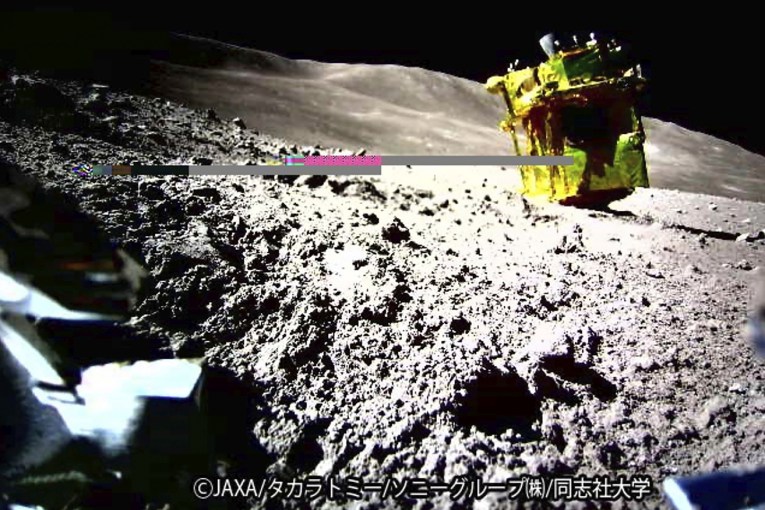Jupiter and Saturn put on ‘once in a lifetime’ show in December sky
In a rare spectacle, Jupiter and Saturn will have one of their closest alignments on Monday – so close that a pinkie finger at arm’s length will easily cover both planets in the sky.
The great conjunction of the planets, appearing on the night of December 21, is mistakenly called the Christmas Star.
This event happens about once every 20 years but the closeness of the two planets makes this a very rare conjunction.
Why? Because it’s been nearly 400 years since the planets passed this close to each other in the sky and nearly 800 years since the alignment of Saturn and Jupiter occurred at night.
The two planets won’t appear this close again until 2080.
While the planets look close to each other from Earth, in reality they are separated by vast distances as they orbit the sun.
From Earth we see the planets move from east to west across the sky along the same narrow band as the moon and the sun.

Jupiter and Saturn getting closer together in the night sky above Jersey City in the US on December 18. Photo: Getty
While it takes Saturn nearly 30 years to complete one orbit, Jupiter takes nearly 12 years, so we see Jupiter lap Saturn every 20 years.
Just how far apart they appear each time depends on how the tilt of the two planets’ orbits line up.
“Conjunctions like this could happen on any day of the year, depending on where the planets are in their orbits,” said Henry Throop, astronomer in the Planetary Science Division at NASA Headquarters in Washington.
“The date of the conjunction is determined by the positions of Jupiter, Saturn, and the Earth in their paths around the sun, while the date of the solstice is determined by the tilt of Earth’s axis.
“The solstice is the longest night of the year [in the northern hemisphere], so this rare coincidence will give people a great chance to go outside and see the solar system.”

This is what you could see through a telescope: Jupiter, Saturn and moons from Sydney at 9:00pm (AEDT) on December 21. Photo: Stellarium/Genelle Weule
When and where to look
The planets are already close, but by December 21, Jupiter and Saturn will appear in the evening twilight about half an hour after sunset.
They will be visible only for an hour before disappearing below the western horizon.
So find a spot to watch the sunset with a clear horizon in front of you and stick around for an hour after the sun goes down.
With your naked eye look for two dots — the smaller Saturn appearing to chase the larger, brighter Jupiter.
While the planets will look close wherever you are on the day, the actual conjunction occurs at precisely 13.33 UTC (10.33pm Sydney time).








